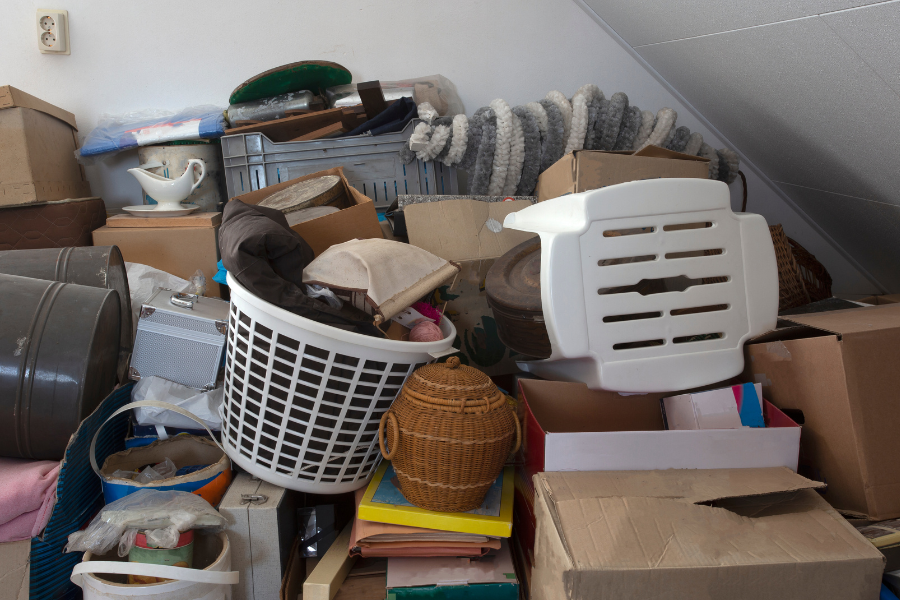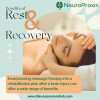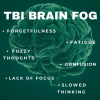Hoarding is the excessive need to save and hold onto items. Items may be significant or the most minute items you can think of such as packets of salt or mustard. Throwing away items can be emotionally difficult for an individual and can lead to unsanitary and unsafe conditions such as an infestation of bugs or barely being able to walk through the home without tripping on an item due. This condition can greatly affect the hoarder’s life socially as well from the strain it can put on relationships of the members that live in the home or from the embarrassment of having friends, family, or even home repair workers.
It was not until the early 2000s until researchers began looking at the neurophysiological impairment of hoarding after a rise of evidence began to gather with individuals who developed hoarding issues after frontal lobe damage. Studies have shown that in addition to this unusual collecting behavior, individuals also exhibited increased symptoms of attention deficit-hyperactivity disorder (ADHD) and have challenges in attention and nonverbal intelligence, memory (and memory strategy use), and decision making. Impairments in these executive function skills in addition to decrease initiation and planning skills can make it challenging to organize or discard their belongings.
| Possible reasons for Hoarding due to Brain Injury | Strategies |
|
|
References
Grisham, J. R., & Norberg, M. M. (2010). Compulsive hoarding: current controversies and new directions. Dialogues in clinical neuroscience, 12(2), 233–240.
Tolin, D. F., Villavicencio, A., Umbach, A., & Kurtz, M. M. (2011). Neuropsychological functioning in hoarding disorder. Psychiatry research, 189(3), 413–418. https://doi.org/10.1016/j.psychres.2011.06.022
Paula Spencer Scott. (n.d.) Clutter vs. hoarding: What’s the difference? WebMD. https://www.webmd.com/balance/features/clutter-hoarding#1



